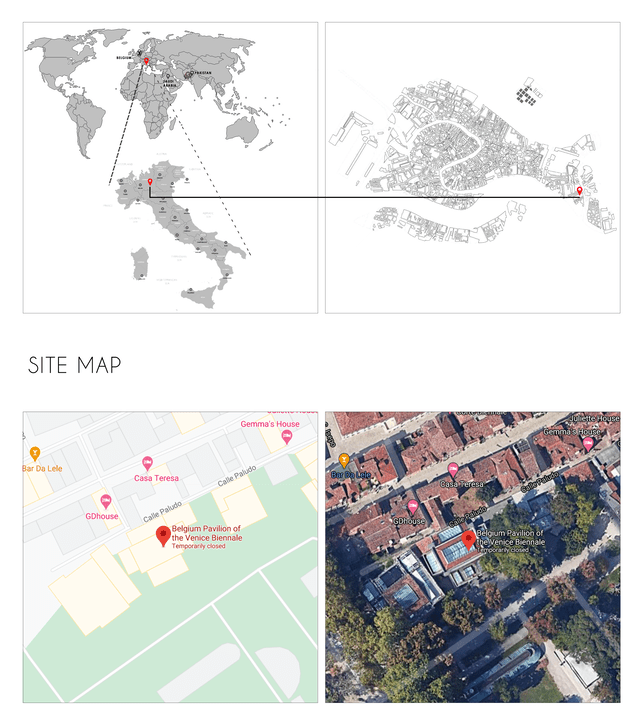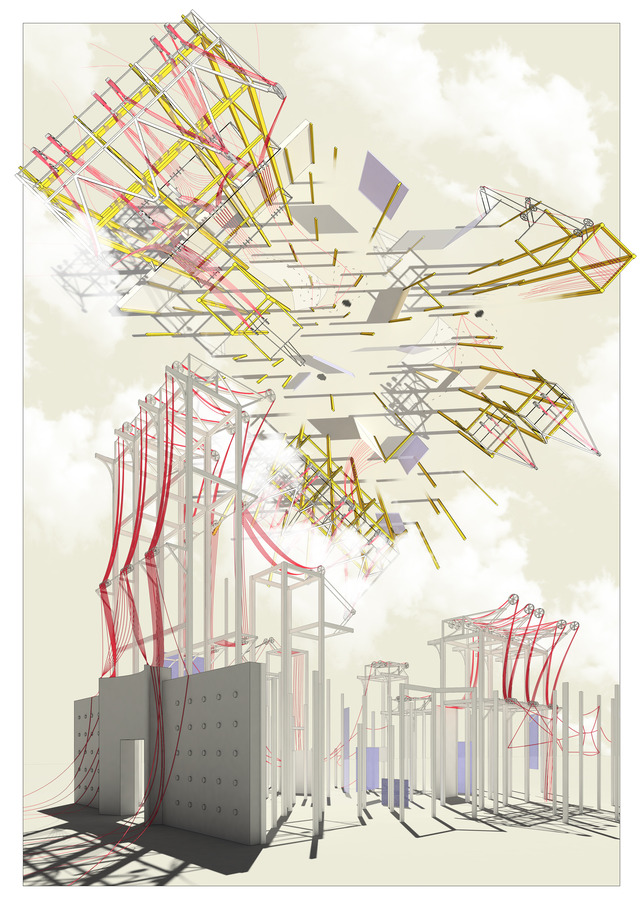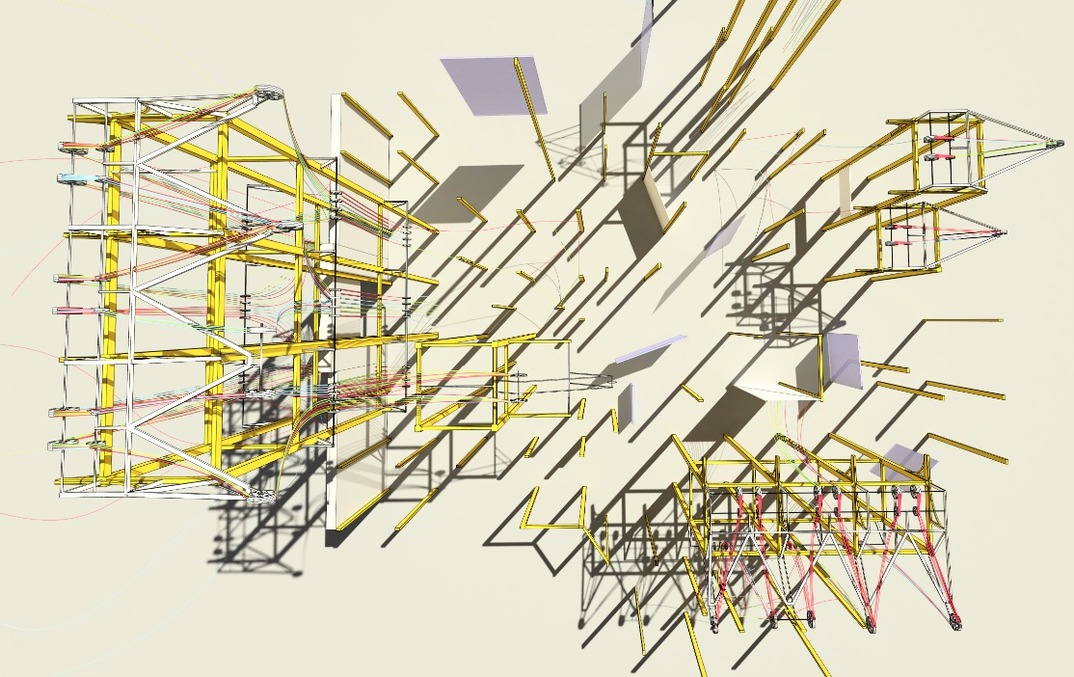PROPOSED BELGIAN PAVILION VENICE BIENNALE ARCHITETTURA 2020
2019
TYPE: Architectural Competition
LOCATION: Venice, Italy
YEAR: 2019
SIZE: 1500 m²
ARCHITECTS: The Architects Polack,
Artist Monali Meher & Architect Orcun Yazici
CLIENT: Vlaams Architectuurinstituut
STATUS: Design Study Realized
Given Thematic – Memory as a Design Studio
Our Substantive Focus – Value to Positive and Negative Memories as a Sustainable Way Forward.
Today’s contemporary societies in a neoliberal world, especially in the developed countries, have lost touch with their tangible and intangible heritage. There is a lack of value and respect attached to memories, both positive and negative. To elaborate on the discussion of the value of intangible memories in the design processes the proposed exhibition proposal has chosen to use the collective Belgian memories to elaborate the tangible global issues of sustainability and future trends.
The 3 – D Printer Structures used represent the contemporary and endless possibilities in architecture, urbanism, art and design aided by science and technology. It depicts the values of precision, time efficiency, low-cost designs, waste minimization, optimization of form exploration and structural possibilities.
The symbiosis of the two symbols; the 3-D printers and the handmade lace is supposed to reflect that to value the past, both positive and negative memories have to be addressed as a sustainable way forward. What is contemporary today will be the memory of tomorrow. The proposed grid of the exhibit represents the mathematical interpretation of the Belgian lace, resulting in a; rational, replicable and easily organized structure. A salute to the past knowledge and its contemporary interpretation.
The superimposition of the 3-D printer structure, although literal, is a very strong and an appealing element to the contemporary eye. The visitor will immediately identify and engage with the symbol.
The hanging ropes transformed into lace screens (interactively done by the visitor) will result in a landscape of blurred to clear screens, showing the positive and negative layers of memories and images for a sustainable future.
The exhibition itself reads as a lacework knitted with memories, is both experiential and readable resonating and interacting with the visitors.








